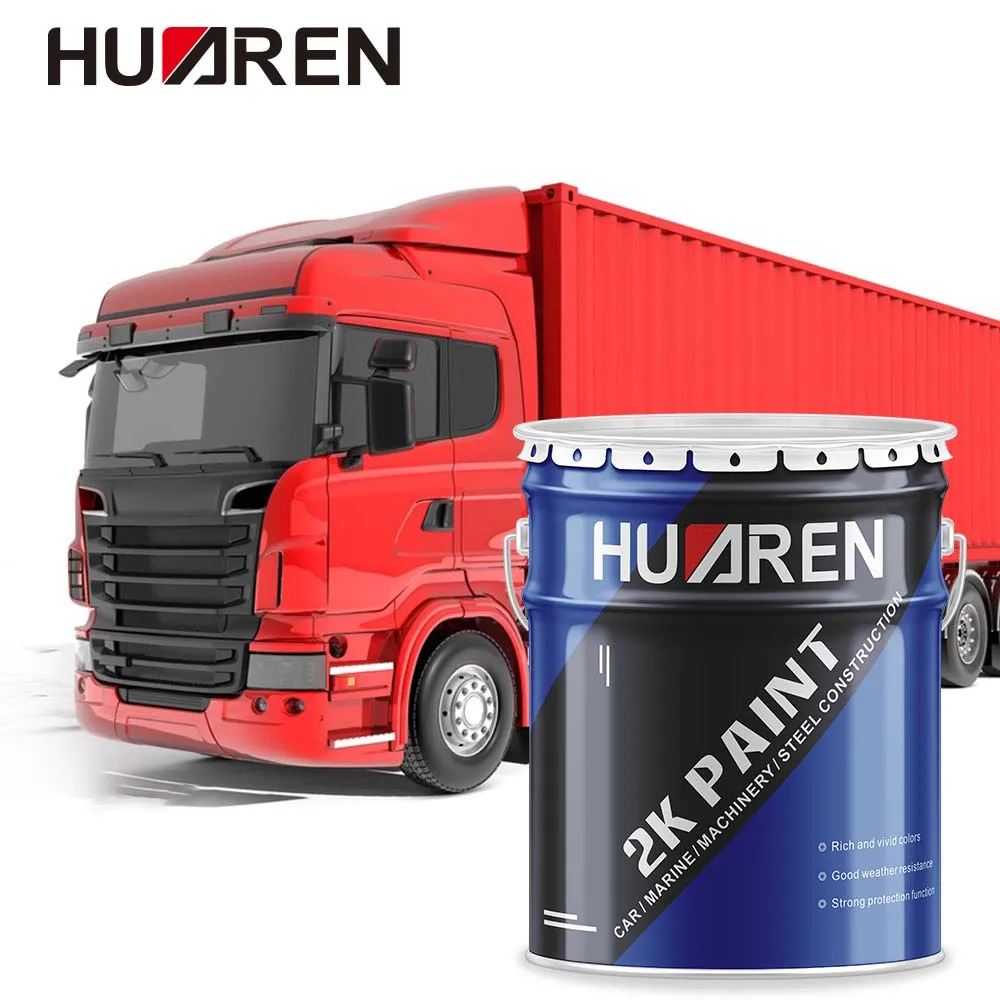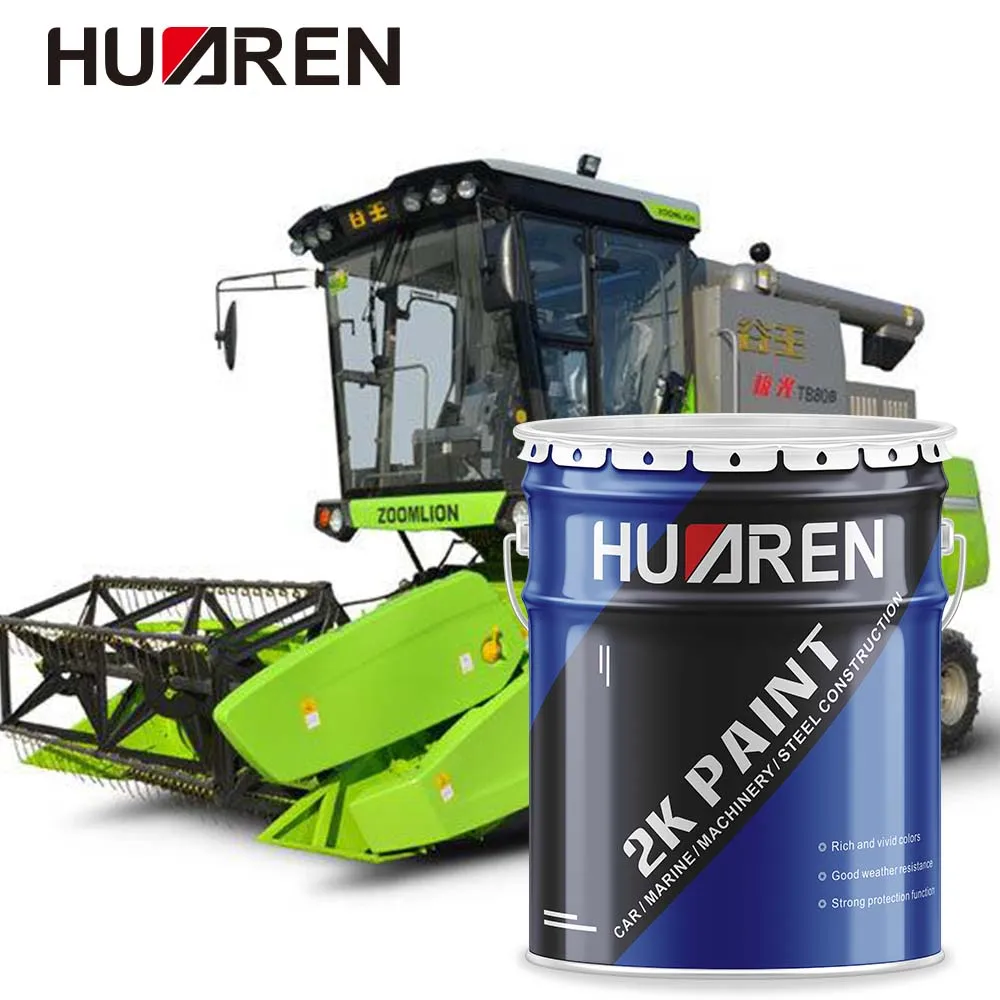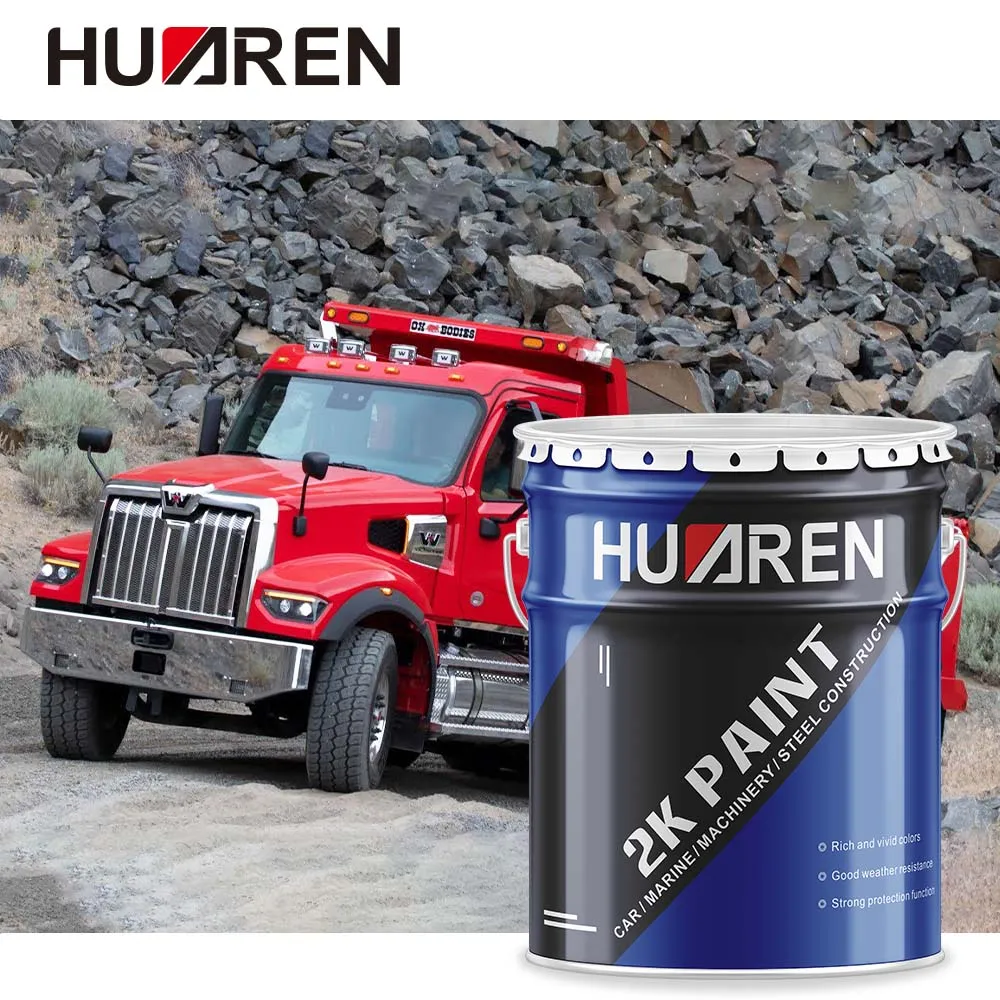Automotive paint is a seemingly simple job that requires skills and patience. Whether it is home decoration or industrial application, paint application needs to follow certain rules and steps. Among them, layering is an important part to ensure the final effect. Usually, auto paint needs to be applied in multiple layers, and the drying time of each layer of auto paint directly affects the construction quality. If the second layer of auto paint is applied before the previous layer of automotive paint is completely dry, this "premature second coat of paint" behavior may cause a series of problems.
This article will discuss in detail the possible adverse consequences of applying a second coat of auto paint too early and explain why it is so important to follow the drying time in automotive paint application.

What is the importance of automotive paint coating drying?
Before we start discussing the problems that may be caused by applying a second coat of automotive paint too early, we first need to understand the drying process and importance of auto paint. There are two main stages of auto paint drying: surface drying and complete drying.
Surface drying:
This means that a layer of cured film has formed on the surface of the automotive paint, and it will not leave fingerprints when touched by fingers. The drying speed at this stage depends on the type of auto paint, the thickness of the coating, and environmental conditions such as temperature and humidity. However, it should be noted that although the surface appears to be dry, the automotive paint may still remain wet and sticky inside.
Completely dry:
In the completely dry state, the automotive paint is not only dry on the surface, but also fully cured inside, and the coating can withstand physical contact and load. If a second coat of auto paint is applied before this, the coats will not adhere well to each other, leading to a series of consequences.

What happens if a second coat of auto paint is applied too early?
Potential problems of applying a second coat of automotive paint too early:
1. Peeling and cracking of the paint film
2. Extended drying time
3. Uneven surface and obvious brush marks
4. Uneven color
5. Bubbles and blistering
6. Reduced durability
7. Poor protection effect
Peeling and cracking of the paint film
When the first coat of auto paint is not completely dry, applying a second coat of automotive paint will result in a weak bond between the two coats of paint. Because the first layer of paint is still wet and cannot form a strong adhesion, the second layer of auto paint cannot be stably attached to the first layer. Over time, this unstable paint film structure is prone to peeling, blistering or cracking.
Especially in high ambient temperatures or strong sunlight, the surface of the auto paint may dry quickly, but the inside remains wet. In this case, the second layer of auto paint dries unevenly, and the solvents and moisture inside cannot evaporate smoothly, eventually causing the paint film to delaminate or peel.
Extended drying time
When the first layer of auto paint is not completely dry before the second layer is applied, the overall drying time will be greatly extended. This is because the moisture and solvents of the first layer cannot evaporate smoothly from the bottom layer, and the second layer of automotive paint prevents the diffusion of internal moisture. As a result, although the surface appears dry, the auto paint in the bottom layer is still wet. This situation not only delays the entire drying process, but also affects the hardness and strength of the final coating.
In some industrial applications or auto painting, construction time is usually strictly limited, and construction workers may choose to speed up the progress and ignore the drying time. However, this practice of applying a second coat of automotive paint too early often makes the entire project cycle longer, as the incompletely dried coating may require more time for touch-ups or re-coating.
Uneven surfaces and noticeable brush marks
Applying a second coat of auto paint too early can easily lead to an uneven surface, especially when applied with a brush or roller. If the first coat of auto paint is still wet, the friction of the brush or roller may damage the already applied base paint, causing brush marks, wrinkles or ripples on the paint surface. In addition, because the auto paint cannot dry smoothly, the coating may produce an "orange peel effect", that is, the surface has an uneven appearance similar to orange peel.
When spraying auto paint, applying a second coat too early can also cause paint to accumulate and produce noticeable sagging or sag. This not only affects the appearance, but also reduces the durability of the coating.
Uneven color
For automotive paint, color uniformity is crucial. Different layers of auto paint need to maintain a consistent color and gloss. However, applying a second coat of auto paint too early may lead to uneven color. A first coat of auto paint that is not completely dry will mix with the second coat, causing a color difference in the coating, especially when using light-colored or translucent paints.
In addition, the mixing of wet and dry paints can result in uneven gloss, which may appear dull in some areas and too shiny in others. Ultimately, this affects the beauty and effect of the entire project, requiring additional touch-up work.
Bubbles and blistering
When the solvent and moisture of the first coat of auto paint have not yet fully evaporated, if the second coat of paint is applied directly, the moisture and solvent of the bottom layer will be trapped between the two coats and cannot escape smoothly. These trapped gases will form bubbles inside the coating, which may expand and burst over time, causing blistering on the coating surface.
Bubbles not only affect the flatness of the surface, but also undermine the protective function of the automotive paint, especially in outdoor environments, where blistering may cause the paint coating to fail prematurely, exposing the metal or wood surface to corrosion or weathering.
Reduced durability
Applying a second coat of auto paint too early not only affects the appearance of the coating, but also greatly reduces its durability. The primer that is not completely dry cannot form a tight bond with the second coat, which means that the overall strength of the coating will be weakened. The coating is more likely to peel, peel or break when subjected to friction, impact or environmental factors (such as wind, rain, sunlight, etc.).
Durability is particularly important for some engineering projects that require long-term protection, such as metal protective coatings or floor coatings. Applying a second coat of automotive paint too early will greatly affect the service life of these projects and increase the cost of subsequent maintenance and repair.
Poor protective effect
The protective function of auto paint depends on the sealing and adhesion of the coating. If the bond between the coatings is not strong, the protective effect of automotive paint will be greatly reduced. Especially for anti-corrosion, waterproof or UV-resistant coatings, applying a second coat of auto paint too early will lead to a decrease in protective effect and increase the risk of metal corrosion, wood cracking or fading.
For example, waterproof coatings require complete sealing to prevent moisture penetration. If a second coat of paint is applied before the base coat is completely dry, moisture may be trapped between the two coats, resulting in a compromised seal.

How to avoid applying a second coat of auto paint too early?
To avoid problems caused by applying a second coat of auto paint too early, applicators need to understand and follow the correct drying time and application process for automotive paint.
Follow product instructions
Each automotive paint has a specific drying time, which depends on its formulation, coating thickness and environmental conditions. Before applying automotive paint, you should carefully read the product instructions to understand the recommended drying time and interval between coats. Especially for two-component (such as 2K paint) or special functional paints, these drying times may be critical to the performance of the coating.
Control environmental conditions
The drying time of automotive paint depends not only on its composition, but also on environmental conditions. High temperature, low humidity and good ventilation conditions help automotive paint dry faster, while low temperature, high humidity and poor ventilation may delay drying. Therefore, you should try to create favorable drying conditions before application and avoid painting in too humid or cold weather.
Correct coating thickness
A thick coating will significantly prolong the drying time of automotive paint, resulting in the paint appearing dry on the surface while still wet on the inside. Therefore, each time you apply the paint, follow the product's recommended coating thickness and avoid applying too thick a layer. At the same time, you can use a multi-layer thin coating method, with each layer applied thinner, which can not only speed up the drying process, but also help the coating to be flat and uniform.
Testing the dry state
Before applying the second coat, the applicator can use a simple method to test whether the first coat of auto paint is completely dry. For example, you can gently press the surface to check for fingerprints or sticky residue. If the auto paint surface is still sticky or fingerprints are obvious, it means that the paint has not completely dried and it is not suitable to apply the second coat at this time.

